Types of duvet covers
Just like other bedding products, duvet covers are categorized according to which materials they're made out of. On a surface level, you have natural materials and synthetic fibres, with lots of subgroups going from there.
And depending on the materials used, the quality of the duvet cover can fluctuate quite heavily. Things like breathability, softness, whether it's hypoallergenic, and the price can all differ from one duvet cover to the next. But here are the main players.
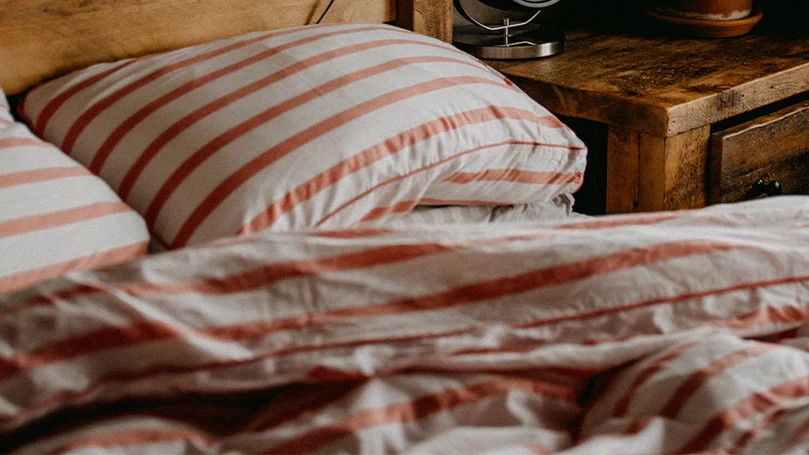
Cotton duvet covers
A cotton duvet cover is probably the most frequent natural pick on the shelves, and for good reason. It's very easy to clean, nice to the touch, and rather durable if you go for a thread count higher than 300. And if you manage to snag a 100% organic cotton duvet cover, it can make just about any duvet feel like a fluffy blanket.
So, if you're looking for a duvet cover that pairs well with most duvets, don't hesitate to pick up a duvet set that features some cotton sheets.
Silk duvet covers
Generally speaking, silk duvet covers tend to be a bit more expensive than their cotton counterpart. However, they're still quite an appealing choice for some.
First off, a silk duvet cover will do wonders for your sleep if you sleep in a humid climate. Plus, it has dust-repellant qualities, which makes it the ideal choice for people who suffer from allergies. Although maintenance isn't as easy as with cotton, which is a bit of a bummer.
Linen duvet covers
Linen is also usually a bit more expensive and rare than cotton but it also comes with some pretty nice perks. For one, it excels at temperature regulation, meaning that you don't have to worry about waking up drenched in sweat.
Plus, it naturally prevents bacterial growth, meaning that it's like a protective layer that can keep you safe from any nasty bacteria. And to top it all off, linen also wicks away moisture. So, it makes for quite a luxurious sleeping experience.
Synthetic duvet covers
If you just want a duvet cover that's going to keep your duvet clean and don't want to spend a lot of money – synthetic fibres are your best bet. Not only are they cheaper than natural materials but they're also usually more durable.
Not to mention that there's a bit more variety, with all kinds of different blends and designs available on the market. And a cheap price plus a variety of designs means that you can use your duvet covers in the same way as your pillow shams and really spruce your bedroom up.
Why do we need duvet covers?
We can't say that getting a duvet cover is necessary. After all, a duvet insert will keep you warm regardless of whether it's inside of a cover or on its own. However, a duvet cover does bring about certain perks that just make your life a lot easier. For example:
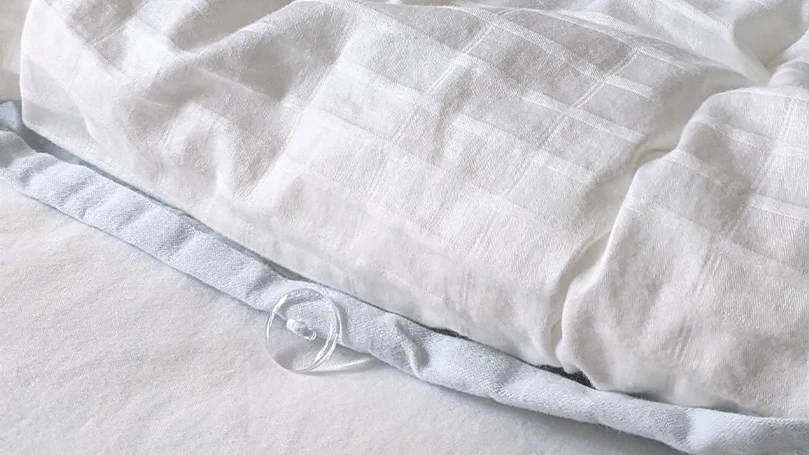
Easier maintenance
Keeping a duvet clean is a hundred times easier if it comes with a removable cover. And if you've ever had a duvet that had to be washed on its own, you'll know what we're talking about.
After all, washing the entire duvet can take up the entire washing machine and drying it takes forever. Not to mention that if it's filled with down feathers, the smallest of rips can make a giant mess! And even if it has a filling from synthetic materials, it's harder to keep the fill evenly distributed.
A cover on the other hand barely takes up any space and can be cleaned much more quickly. And if you also opt for a top sheet, you can keep your bed clean at all times without ever having to do any heavy lifting.
Keeping things hypoallergenic
Most bedding manufacturers presume that you'll get a duvet cover along with the duvet insert. That's why the duvet insert isn't always hypoallergenic.
The duvet cover on the other hand commonly features hypoallergenic materials such as bamboo or Egyptian cotton that keep your allergies at bay. So, if you do suffer from flare-ups, getting a duvet cover makes your life a lot easier.
Style points
Duvet inserts are almost always boring. Unless the manufacturer markets it as a coverless duvet, odds are that it will just be white, with no design whatsoever.
And that's because the duvet covers are the ones that usually carry the fashion game. With all types of different colour palettes and designs, you can tie your bedroom together effortlessly with a good cover and some matching sheets.
How long do duvet covers last on average?
When it comes to the longevity of bedding products, the number depends on quite a few factors. For example, how often do you wash your duvet covers? What material are the covers made of? Have you had any spills on the duvet? Do you have a cat with an odd grudge against your duvet?

But as a general rule of thumb, you can substitute both your duvet and your duvet cover after five years. If the cover is made from Egyptian cotton, it can probably push it to seven years, but we think it's easier to keep track of things if you do it at the same time.
However, if there are noticeable rips or the design on the cover has completely faded, you can exchange them sooner. After all, a duvet cover is usually made to look good.
How to wash my duvet covers?
More often than not if a duvet comes with a removable duvet cover, it's machine washable. So, just look at the care label for the exact instructions and you'll be good to go.
And if you do have to wash the entire duvet, we recommend you read our article on how to properly wash a duvet.
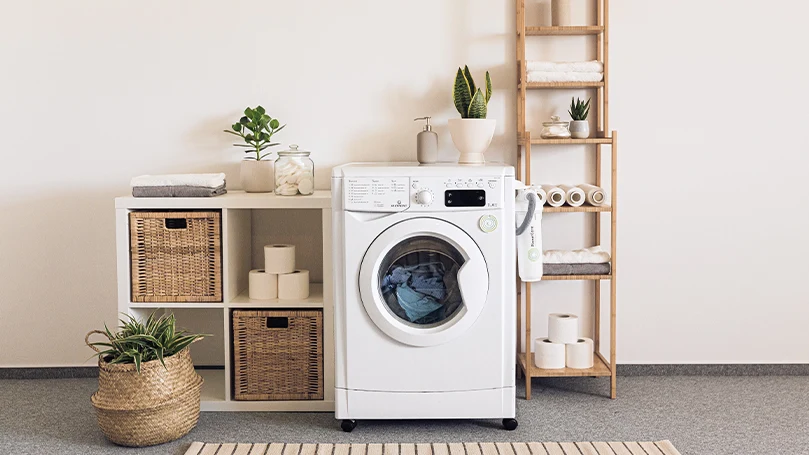
Is a duvet cover the same as a duvet insert?
A few times in this article we've mentioned “duvet inserts”, and you might've been confused as to what exactly that refers to. To put it simply, it's everything that goes inside a duvet cover.
We're sure a lot of people would call a coverless duvet a duvet, however, technically speaking a duvet includes both the duvet insert and the duvet cover. So, you take the duvet insert, you put it inside of the duvet cover, and you get a duvet. Tadaa!
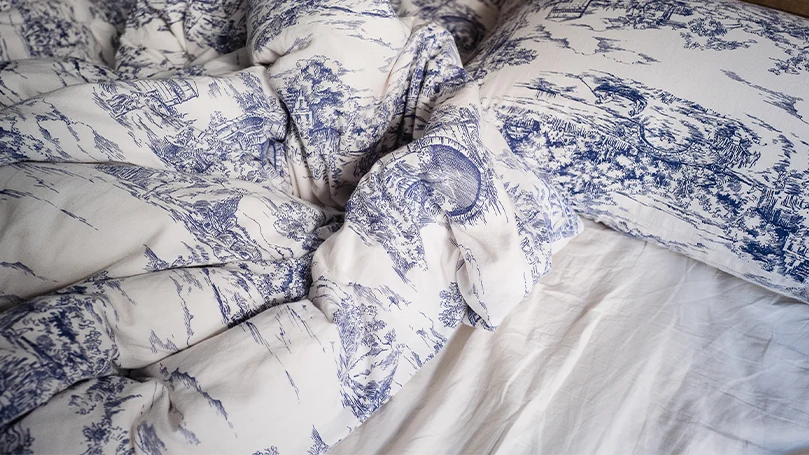
Duvet vs comforter
Now that you know the difference between a duvet cover and a duvet insert, understanding what a comforter is should be quite easy. On a fundamental level, a comforter is like a duvet but it comes in one piece.
Or in other words, the duvet cover and duvet insert are quilted together. Plus, a comforter is usually a bit bigger than a duvet, as it's designed to hang over the top of the mattress slightly.
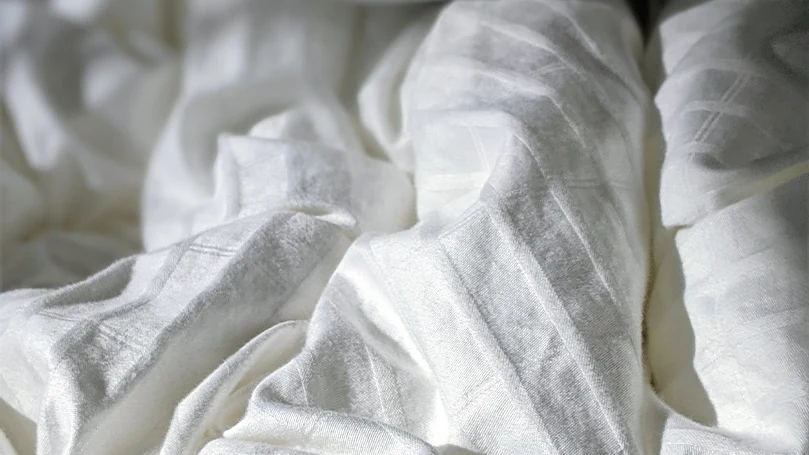
Should you get a duvet or a comforter?
As we've established, the difference between the two isn't too monumental. Duvets are usually easier to take care of but even that is avoidable. After all, there's nothing stopping you from putting a comforter inside of a duvet cover – although you have to take the size difference into consideration.
So, we say go with your heart! But if you want more information on how a duvet and a comforter differ, we suggest reading our article on that exact topic.
And lastly, since we've spent all this time talking about duvet covers, it only makes sense that we give you some recommendations! So, here's a list of our favourite duvet covers that ought to upgrade your sleeping experience.













There are no comments yet
"*" indicates required fields